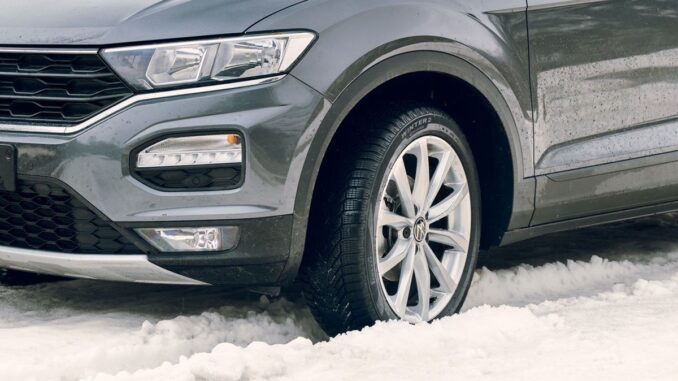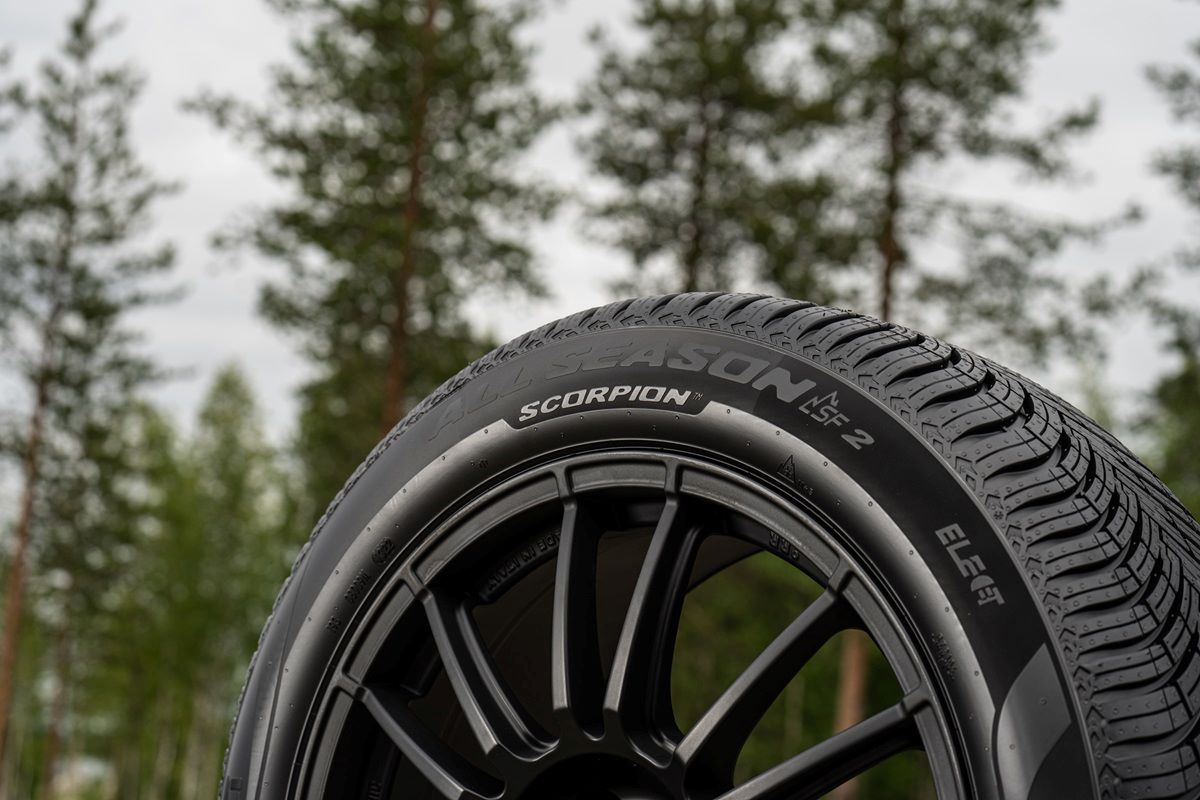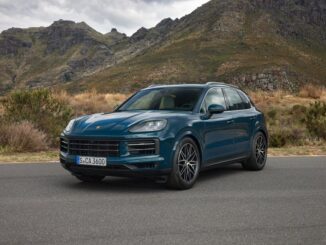
As we head into December and the temperatures start to plummet, it’s important to ensure that our vehicles are winter-ready and that means checking our tyres have enough tread to deal with rain soaked roads, snow and ice.
Depending on how you use your car and where you live, you may opt for seasonal winter tyres, particularly if you live out in the country and have to travel long distances. But those of you who live in the city and tend to only use your car for urban purposes, all-season tyres may make more sense.
New all-season tyres are a good alternative for urban commuting thanks to the innovations found in the latest products you can find on the market today, such as the Pirelli Cinturato All Season SF2 or Scorpion All Season SF2.
To put it into perspective, last year this type of tyre had a market share in Europe of almost 20%, and when you look at crossovers and SUVs, an even higher percentage are fitted with all-season tyres. The reason for this is that here in Europe we are experiencing milder winters than we used to and so there is less of a need for seasonal tyres.
Pirelli has been developing its tyre technology through virtual modelling which they perfected in Formula 1, enabling them to create tyres that optimise the contact patch on the road surface and reduce wear. This means that in wet conditions these new generation of tyres have comparable performance to seasonal tyres, and in many cases are better in intermediate temperature situations. This can be attributed to the numerous “V”-shaped grooves in the tread pattern that aid water dispersion in rainy conditions.

Almost 90% of Pirelli Scorpion All Season SF2 sizes achieve the highest rating for wet braking, while the tread pattern of Pirelli’s all-season tyres, in the Cinturato and Scorpion families, has been designed to provide year-round effectiveness. The tyres have adaptive sipes that remain closed and compact in typical summer conditions but spread open to provide strong grip on slippery or snowy surfaces in colder conditions.
Naturally winter tyres are designed to perform best in low temperatures and on icy or snowy road surfaces. The chemical properties of winter tyre compounds give shorter braking distances on wet roads (up to 15%) and significantly better performance on snowy roads (up to 50%) when compared to summer tyres. The tread pattern of winter tyres is designed to collect and retain snow, improving grip through a “snow-on-snow friction” effect, giving the vehicle maximum mobility without the need for chains.
If you are not sure which type of tyre you have fitted to your vehicle, then check the sidewall and ensure that the tyre has the M+S (Mud and Snow) marking, which is necessary to comply with winter regulations. However, if your tyres have the three-peak mountain snowflake symbol, then this indicates that the tyre has passed approval tests in the most critical winter conditions. All Pirelli new generation all-season tyres have this symbol.
So what tyres should you fit? Well, Pirelli has developed both winter and all-season tyres to cater for all types of drivers with the same level of technology and safety for their two product families, the Cinturato and Scorpion. The Cinturato is suited to more traditional cars, while the Scorpion is more suitable for crossovers and SUVs. These tyres are also available for electric and plug-in hybrid vehicles, featuring Pirelli’s dedicated Elect technology in a selected range of sizes.
Author Bio:
Simon Burrell is Editor of Our Man Behind The Wheel, a professional photographer and former saloon car racing driver.
Photograph courtesy of Pirelli




Be the first to comment